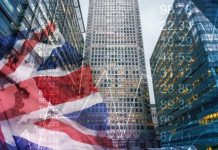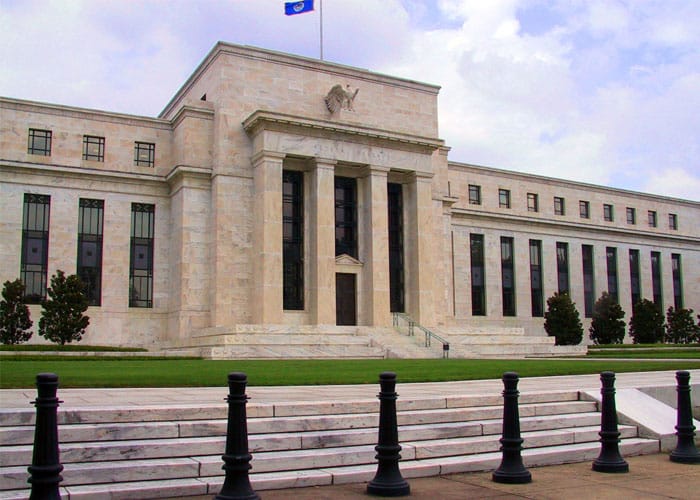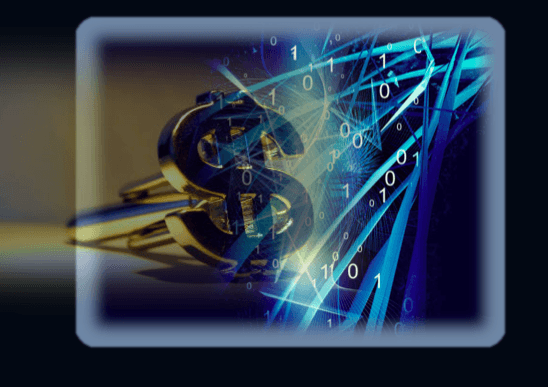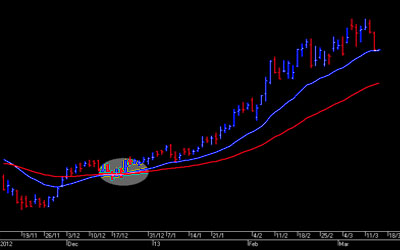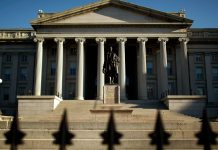The Labor Department announced Wednesday that inflation increased to its quickest level in far more than 12 years in April, as the United States’ economic rebound went into full force and oil costs rose.
The Consumer Price Index, which covers a portfolio of commodities as well as electricity and housing prices, increased by 4.2 percent year over year. A 3.6 percent rise was predicted in a Dow Jones poll. The month-to-month increase was 0.8 percent, compared to the projected 0.2 percent.
Eliminating fluctuating energy and food costs, the core CPI grew 3% from the very same time in 2020 and 0.9 percent month on month. The predictions were 2.3 percent and 0.3 percent, respectively.
The yearly reported CPI rate rose at the sharpest rate since September 2008, but the inflation rate rose at the quickest rate since 1981.
Altogether, energy costs increased by 25% year on year, with gasoline prices increasing by 49.6% and fuel oil prices increasing by 37.3%. This was despite the fact that almost all resource categories fell in April.
Pump prices, which decreased 1.4 percent in April, have continued their rise in May, with the nationwide rate surpassing $3 a gallon for the very first time after November 2014, according to AAA. Additional increases are inevitable as a result of the hack that took down Colonial Pipeline’s main transmission system from Houston to New Jersey.
Inflation and the U.S.
As an inconsistent economic recovery leaves Americans confronting the unexpected prospect of inflation, widespread shortages and manufacturing bottlenecks are driving up costs for many basic commodities.
According to official data, considerable rising prices have occurred in used automobiles, medical services, appliances, electricity, food, and tobacco in recent months. When the Labor Department starts to report the rate of inflation on a monthly basis, some experts and economists expect that the prices in the marketplace and several industries will go higher. For these reasons, as the expectations begin to grow about recovering the USD according to the statistics more people start to get involved in Forex trading and open Forex trading account in order to trade with the USD, however, in contrast, it is worth noting that there are also some people who are skeptical about the growth of the USD value in the marketplace. The Federal Reserve hopes that increasing in terms of prices won’t lead the country to the condition as it was in the 1970s when the shock hit many countries’ economies and industries.
Some experts, like previous Treasury Secretary Lawrence Summers, worry that President Biden’s unlimited free-spending may spark inflation, outpacing wage rises and leaving people struggling financially.
According to the Fed, which is supported by the majority of private-sector analysts, a transitory period of increased pricing is merely the latest twist in the coronavirus pandemic’s unparalleled bust and boom.
Despite the Fed’s assurances, shareholders’ market expectations about inflation, which can lead to long-term price rises, have hit their highest possible level since 2013. The 10-year break-even rate for US Treasury bonds hit 2.5 percent.
The rapidly expanding industry is confronted with labor and raw material shortages. Transport expenses are rising. And CEOs are striving to keep profit margins intact by passing on increasing prices to customers or adopting less expensive manufacturing processes.
According to experts polled by Bloomberg News, price increases will spike in the second quarter before dropping later this year as manufacturing bottlenecks are overcome.
However, poor jobs data, as well as the computer assault that shut down Colonial Pipeline’s primary East Coast petroleum conduit this weekend, highlighted the formidable confusion regarding the country’s economic recovery.
“What concerns me the most is that there are no historical precedents of how long bottlenecks might remain or the harm they can cause,” said Frances Donald, a global head economics expert at Manulife Investment Management. “This is among the most difficult eras in current financial history.”
Inflationary pressures have been subdued thus far. Compared price levels to those from a year ago also exaggerate the status of the industry. Many costs fell during the initial months of the epidemic, particularly hotel rooms, travel expenses, and men’s outfits. As a result, year-over-year evaluations overestimate the magnitude of change. And over the course of 2021, such aberrations will become less pronounced.
Risks and opportunities of inflation rate
Rising interest rates enhance a country’s debt interest costs. If the government reacts by releasing far more debt to fund its operations, inflation would increase even quicker since the government’s higher spending would wind up pushing up consumption as the central bank is attempting to control it. In several other words, a state can only sustain a deficit for so long until unexpected issues arise.
To use the United States as an instance, the Fed would begin by reducing the volume of federal bond purchases on its accounting records. This bond buying has skyrocketed in the last decade, owing in large part to governments’ huge deficit expenditure during the epidemic.
Inflation rates are likely in the short to medium term, while the longer-term outlook is more uncertain. The roots of greater long-term inflation are undoubtedly present, but their likelihood of sprouting will be determined in large part by the amount to which more fiscal stimulus from the US and abroad translates to greater output rather than just consumption.
Government budget deficits would shrink quicker if company investment and labor force participation increase, as the private industry swings back in shape and contributes more in taxes. This should also help the Fed navigate the minefield of QE departure more smoothly, as the greater banking sector would be more certain to unleash long-term economic development. If this is the case, the central banks’ promises that inflation will be only temporary may yet be proven correct.
Tradersdna is a leading digital and social media platform for traders and investors. Tradersdna offers premiere resources for trading and investing education, digital resources for personal finance, market analysis and free trading guides. More about TradersDNA Features: What Does It Take to Become an Aggressive Trader? | Everything You Need to Know About White Label Trading Software | Advantages of Automated Forex Trading





























